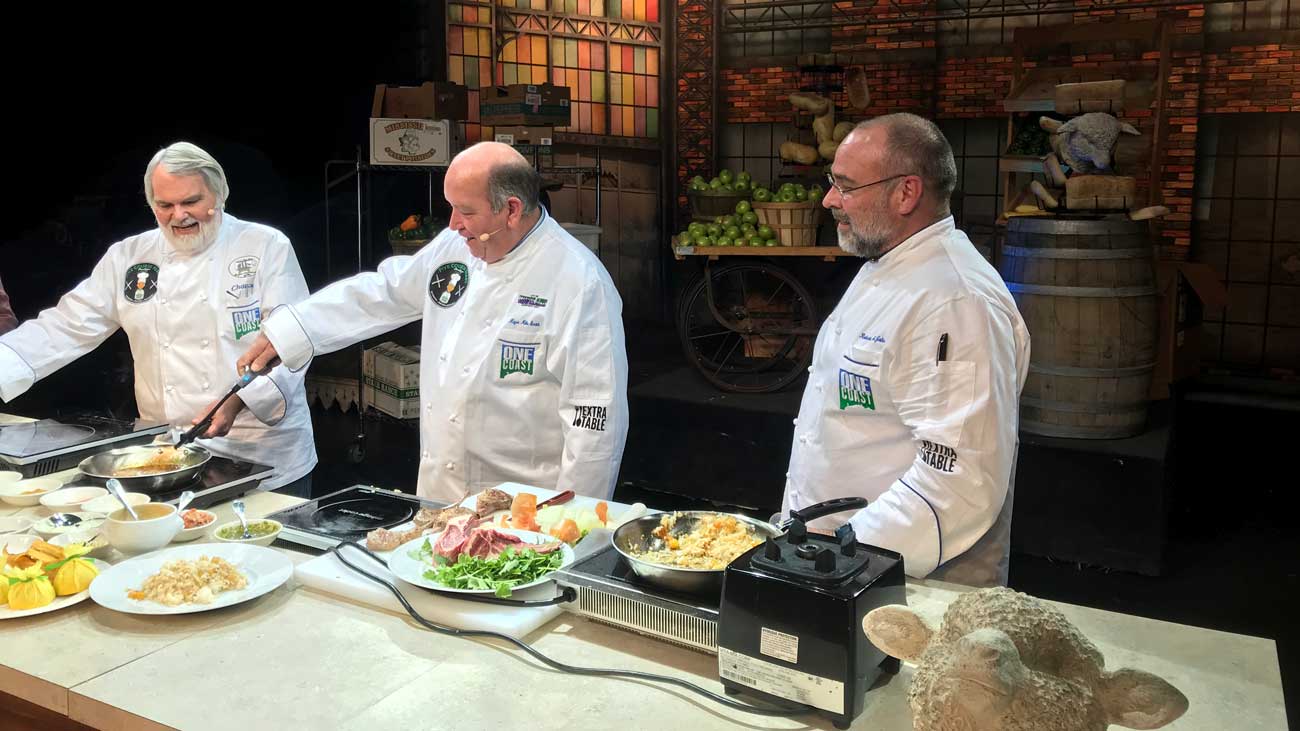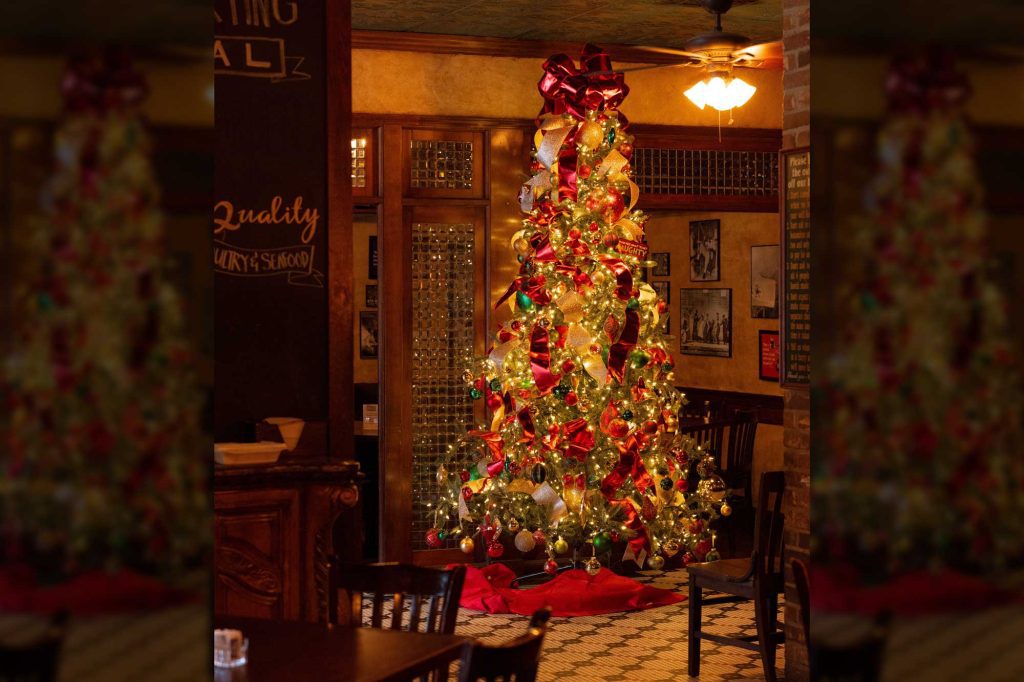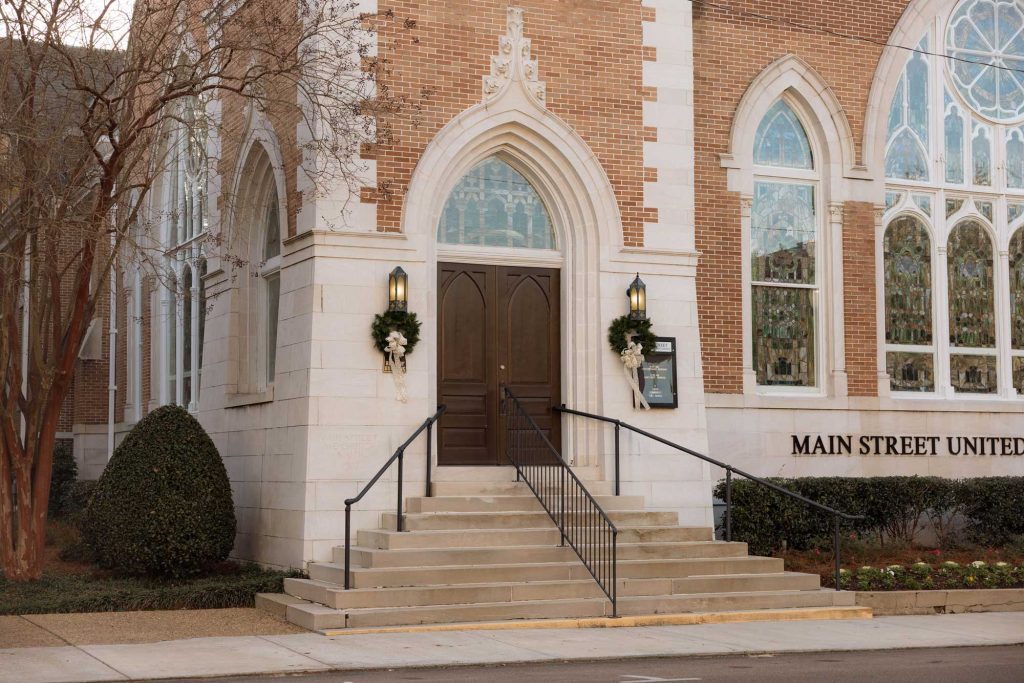Spring is here. I know this, not because of the calendar but, because pine pollen is blowing across the roads in thick, billowing yellow clouds. It’s thick this year, and is possibly the most pollen I’ve seen since Hurricane Katrina wiped out a good portion of our pine forest.
I used to wonder what it must have looked like 300 years ago when our region was filled with nothing but lumbering, giant, virgin yellow pine trees. Surely the pine pollen must have been even thicker than today. Then I read Allan Nation’s book, “The Moving Feast,” and learned that 300 years ago, this area— which is so loaded with Loblollys and Longleafs it’s known as the Pine Belt region of Mississippi— was covered in grasslands beneath a tall canopy of hardwood and pine. Cattle grazed on the grasses under 130-foot tall virgin pines and dozens of species of hardwood.
There was no thick forest as we know it today. The trees were huge and spaced far apart allowing grass to grow underneath. “It looked a lot like Central Park,” Nation stated.
Millions of buffalo roamed freely on the Mississippi plains. The original residents of this area, Native American Indians from the Choctaw and Biloxi tribes eliminated almost all trees except the acorn and nut-bearing oak, hickory, pecan, and chestnut.
I always thought of Native Americans as hunters, but they were excellent farmers. Somewhere around 50-60% of all food-bearing plant species grown in the world come form the Indians of North and South America.
Nation, a resident of Hattiesburg, and the longtime editor of the “Stockman Grass Farmer” magazine is a man ahead of his time. He was touting the virtues of grass-fed cattle in 1977 when the rest of the country still thought feedlot corn produced the best-tasting beef. He’s been ahead of the curve his entire career.
Nation lectures all over the world and, in addition to publishing the monthly bible for pastured-raised livestock, has written nine books. His tenth, “The Moving Feast” should be required reading for everyone living in South Mississippi. Seriously, if you live anywhere between Hattiesburg and the Gulf of Mexico, or grew up in that region, or even know someone in that region, you need to own this book. It is your history and heritage told through the foodways of our forefathers.
The book covers the history of the land and it’s residents from the Choctaws to the Spanish, French, Celts, Africans to the present. Whether you are interested in food, timber, cattle grazing, or just local history of the towns in this area, this book is a must.
I know and love South Mississippi. “The Moving Feast” is filled with facts and tidbits I never knew:
In the late 1920s there were five million sheep in the 60 miles between Hattiesburg and Gulfport— more sheep than any other place in the nation.
“In 1936, the Hattiesburg trade area of 180,000 people included 28,000 full-time farmers who earned five times the income of cotton farmers in the Delta and 25% more than the urban workers of the area.”
“Picayune boasted the world’s largest strawberry field at over 1,000 acres and shipped out over 200 [train] carloads of Satsuma oranges in 1931.”
“When Chicago mobster Al Capone needed a volume supplier for his 10,000 ‘speakeasies’ I he found it ready made in Southeast Mississippi in the tiny village of Kiln, which could literally supply illegal whiskey in railcar volumes… One small grocery store in Kiln bought 4,000 pounds of sugar a week during the 1920s whiskey boom.”
“Food is depression proof, South Mississippi farmers did well during the Depression because they grew food rather than cotton.”
“Pork [not beef] was the primary protein food until after World War II.”
“The title ‘The Moving Feast’ came from the South Mississippi practice of only growing crops for three years and then moving on,” Nation said. “Rotating the land between crops and pastures would still be an excellent practice [today] and has resulted in a doubling of crop yields in the Florida Panhandle.”
Once the Native Americans moved on, the pine forests flourished. From the late 1800s until the 1920s timber barons and local landowners cut pine timber at local mills and didn’t re-forest due to the Mississippi Legislature taxing forestland the same as they did row crops in the Delta. In the 1920s, South Mississippi resembled the grass-covered plains of Kansas and cattle roamed freely among the pine stumps.
Nation is one of those rare gems that many small communities have in residence, but most are unaware of his national stature. The book is filled with trivia on the area, all of which came from Carolyn Nation’s (Allan’s wife) extensive collection of self-published memoirs of early settlers.
Five things Allan Nation believes a visitor should know about South Mississippi.
1. This was the first and last frontier. South Mississippi was the original cowboy country. Spain envisioned South Mississippi as a huge cattle ranch to feed their canefield workers in Cuba and pioneered the cattle breeds and technology needed three hundred years ago.
2. South Mississippi was incredibly beautiful prior to the industrial forestry area with widely spaced towering virgin pines, spreading live oaks and pastureland. All rivers ran crystal clear and yellow fever and malaria were unknown.
3. South Mississippi could look like this again. Integrating cattle and meat goats with forestry improves the growth of the trees and reduces the need for burning. Sheep go well with pecan trees. Pigs are symbiotic with hardwood forests.
4. The Indians really had our climate figured out. We need to study historic Native American agriculture in South Mississippi.
5. Sweet potatoes are good healthy food. Eat some everyday.
“The Moving Feast” is available at Main Street Books in downtown Hattiesburg or by calling 800-748-9808



